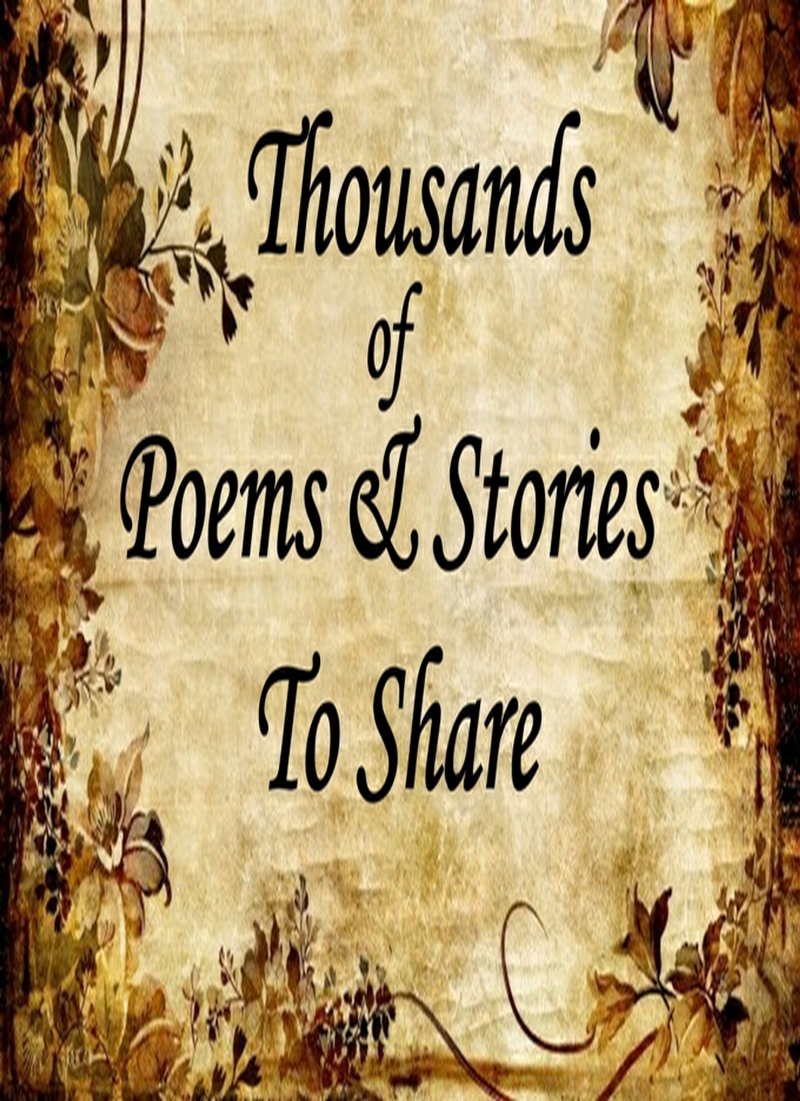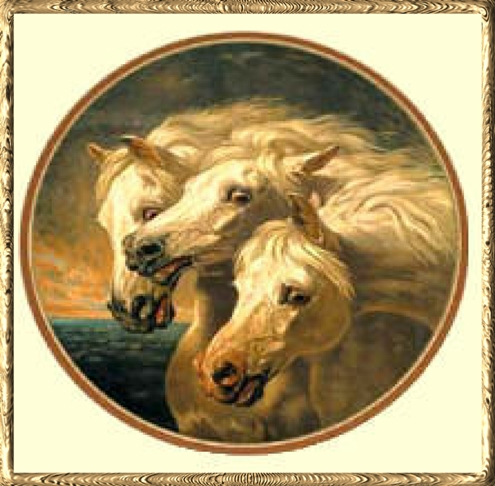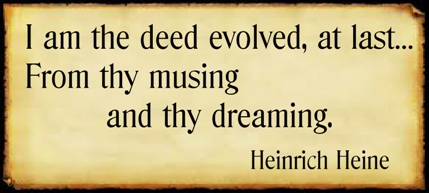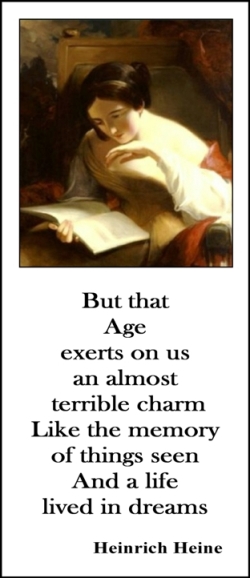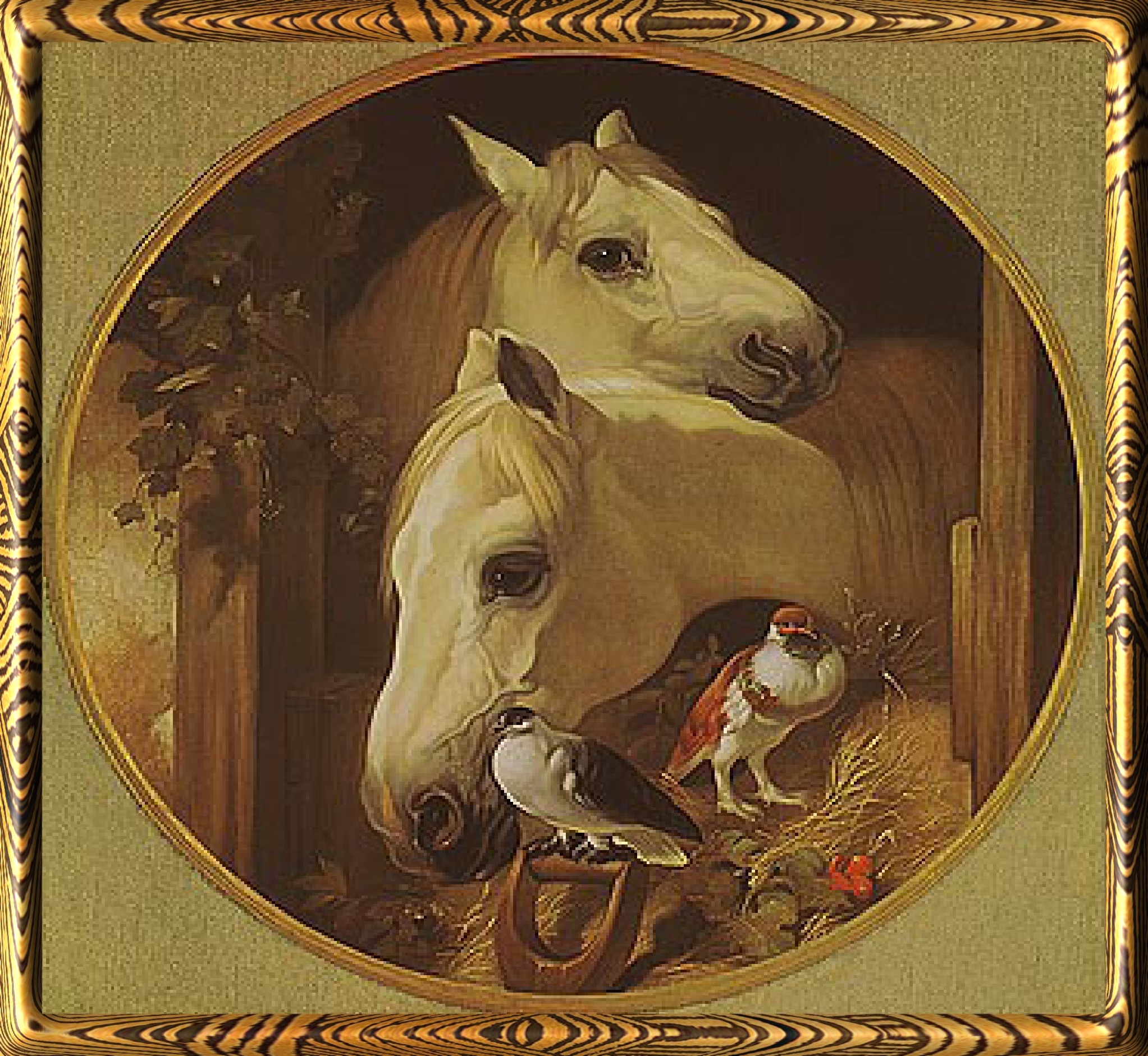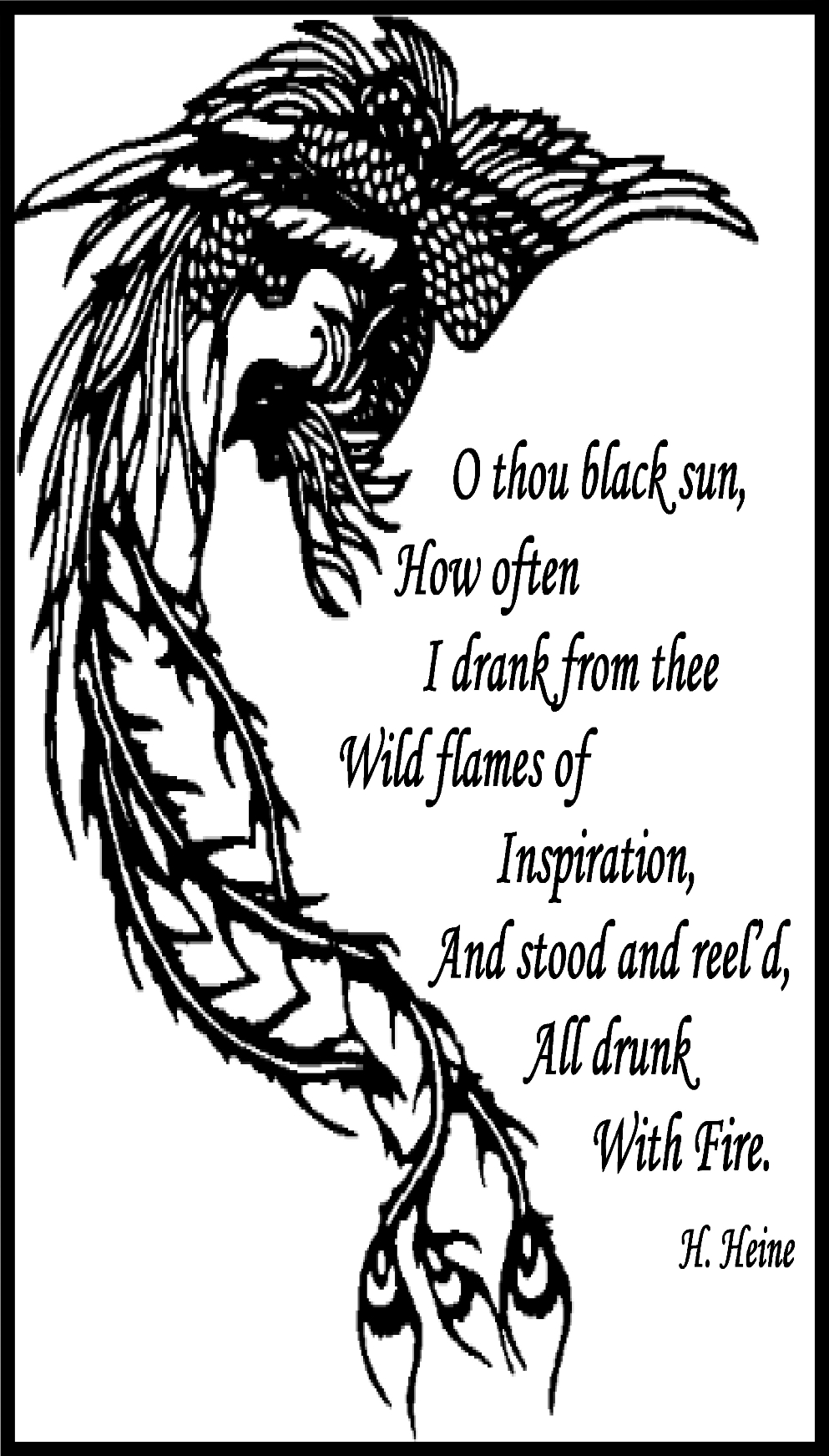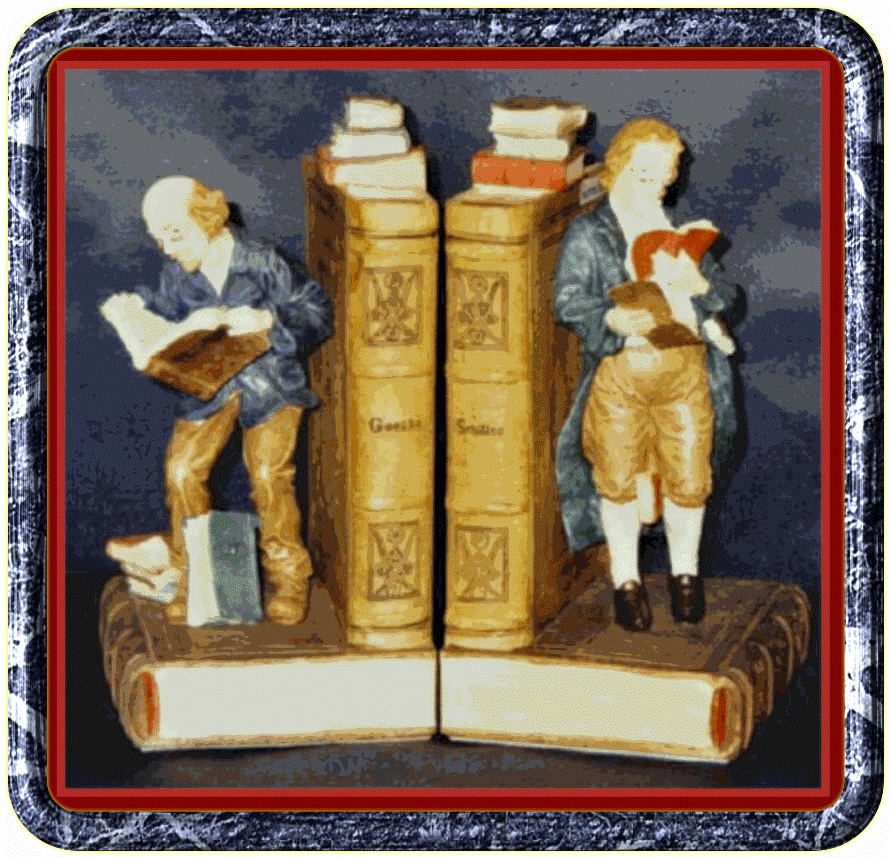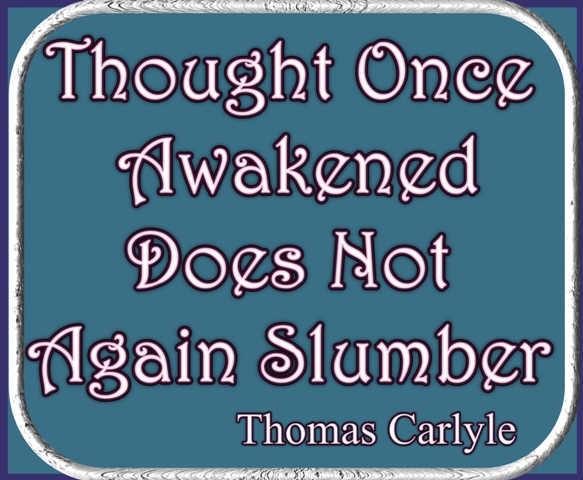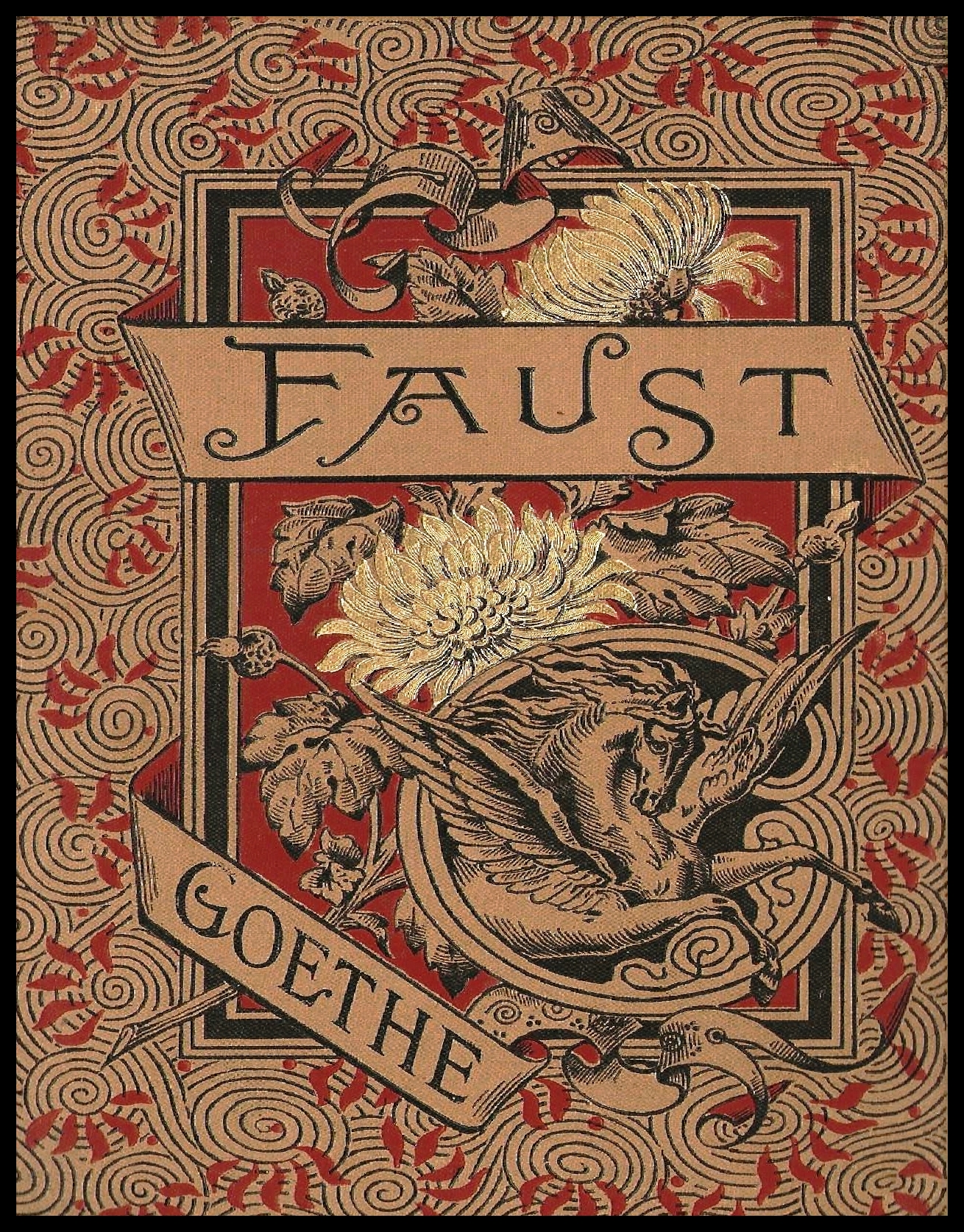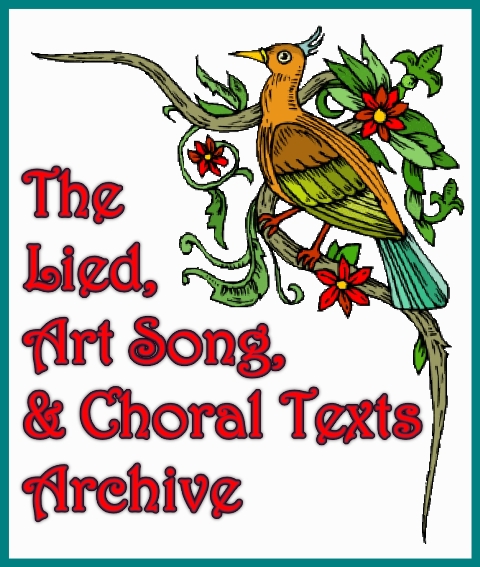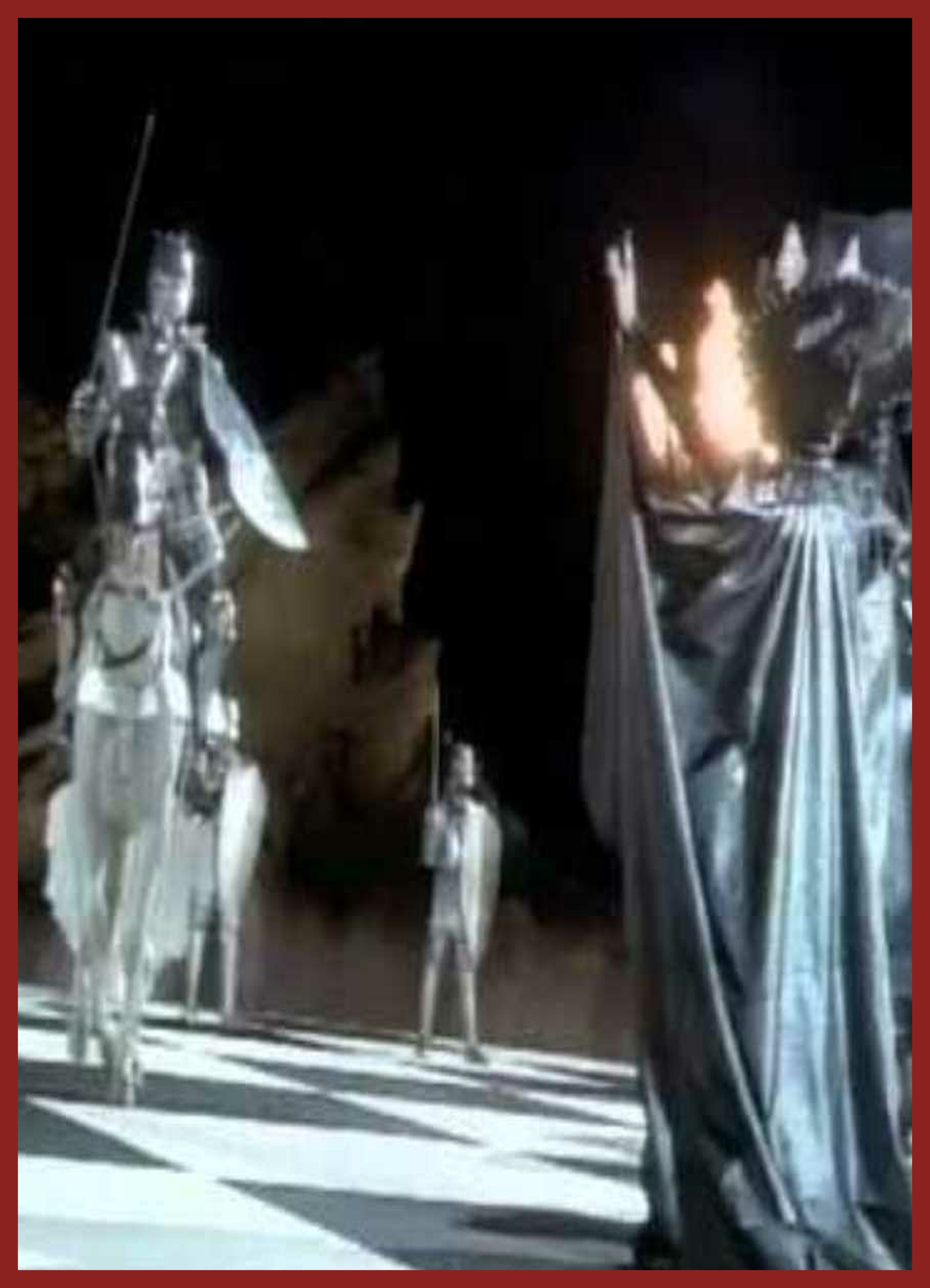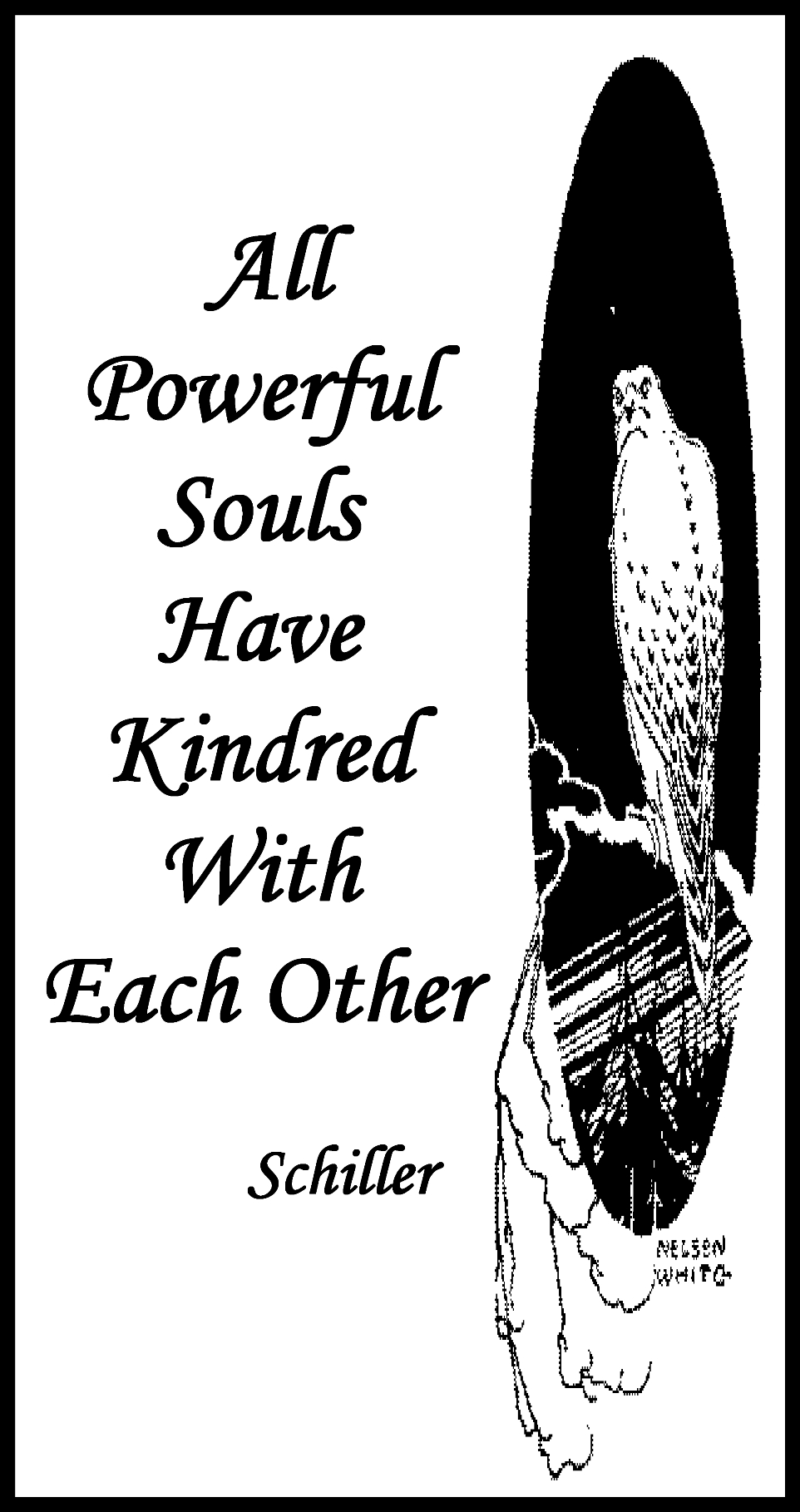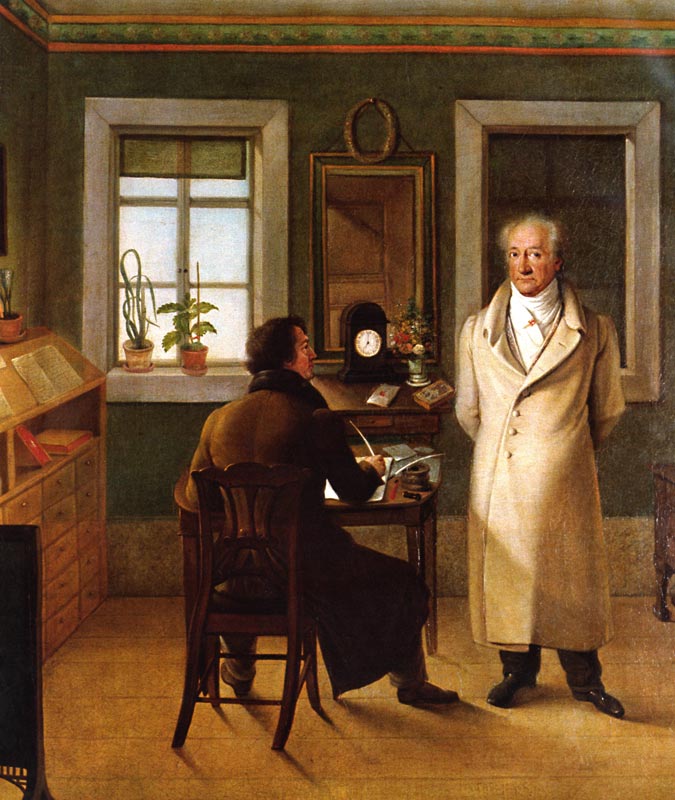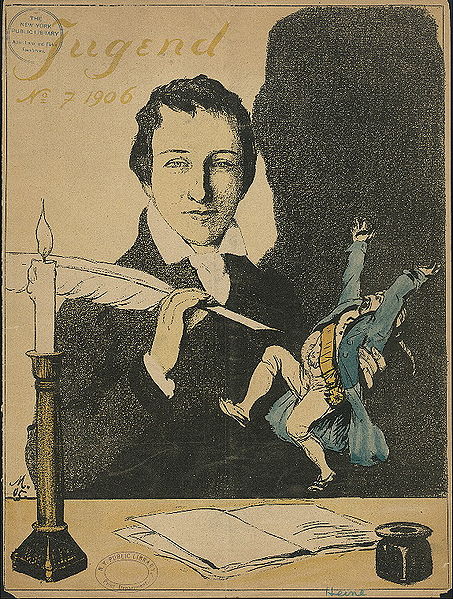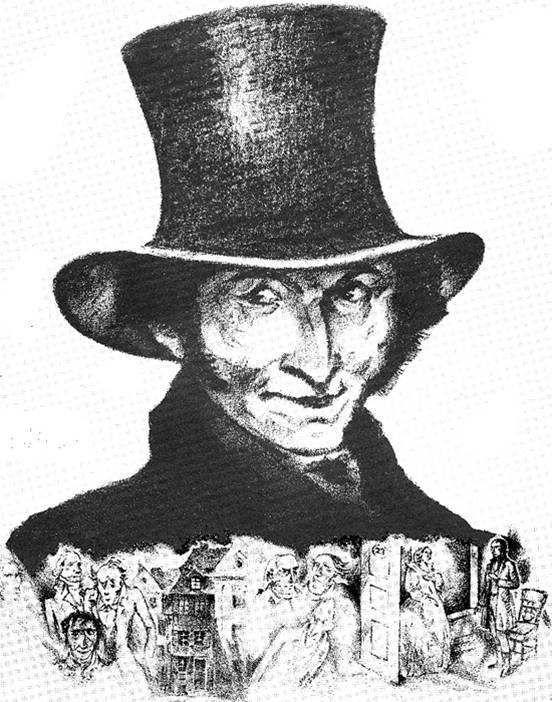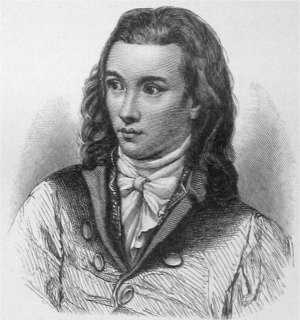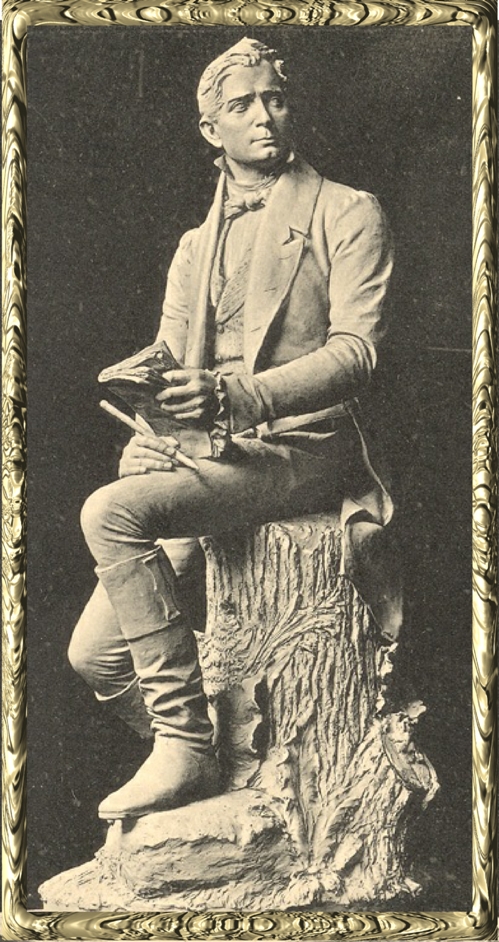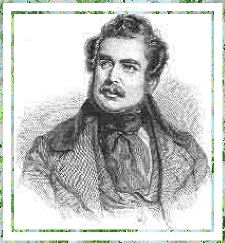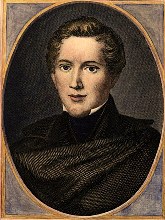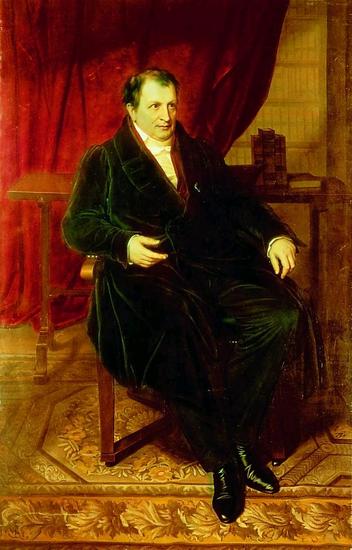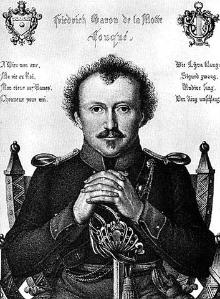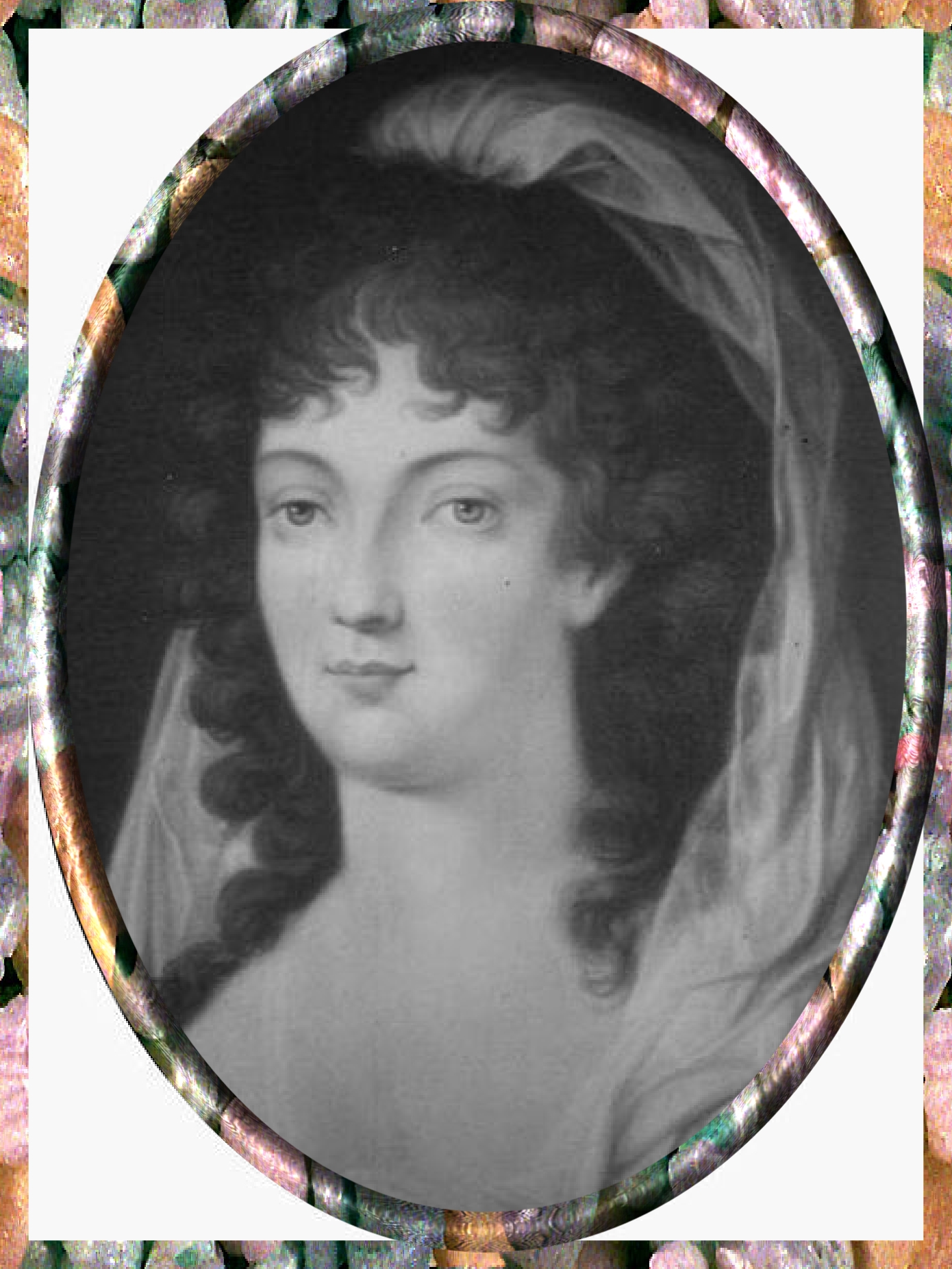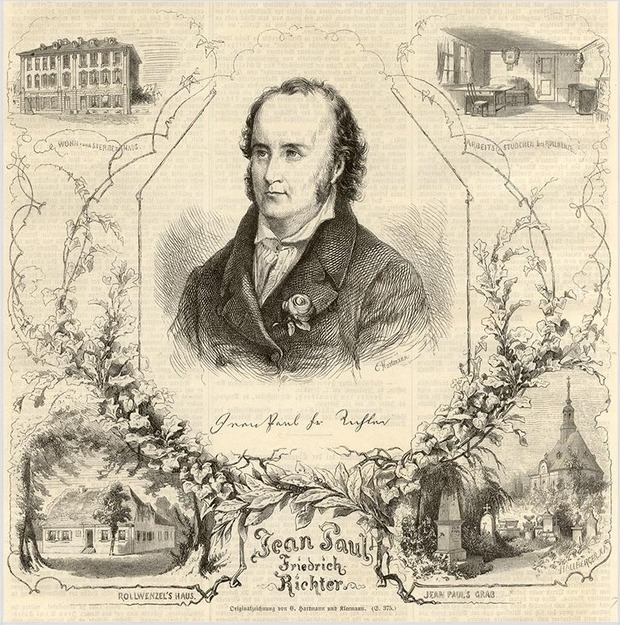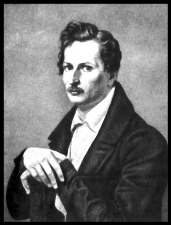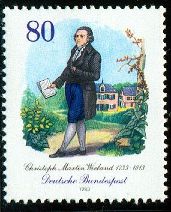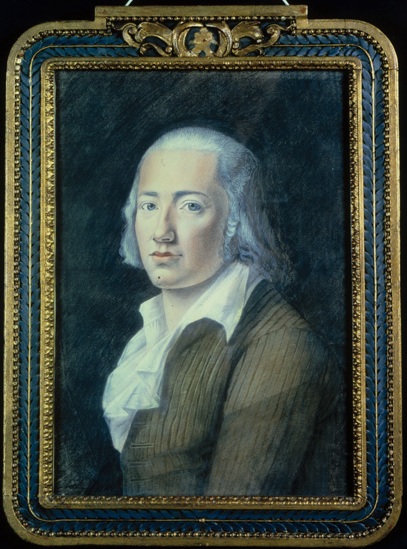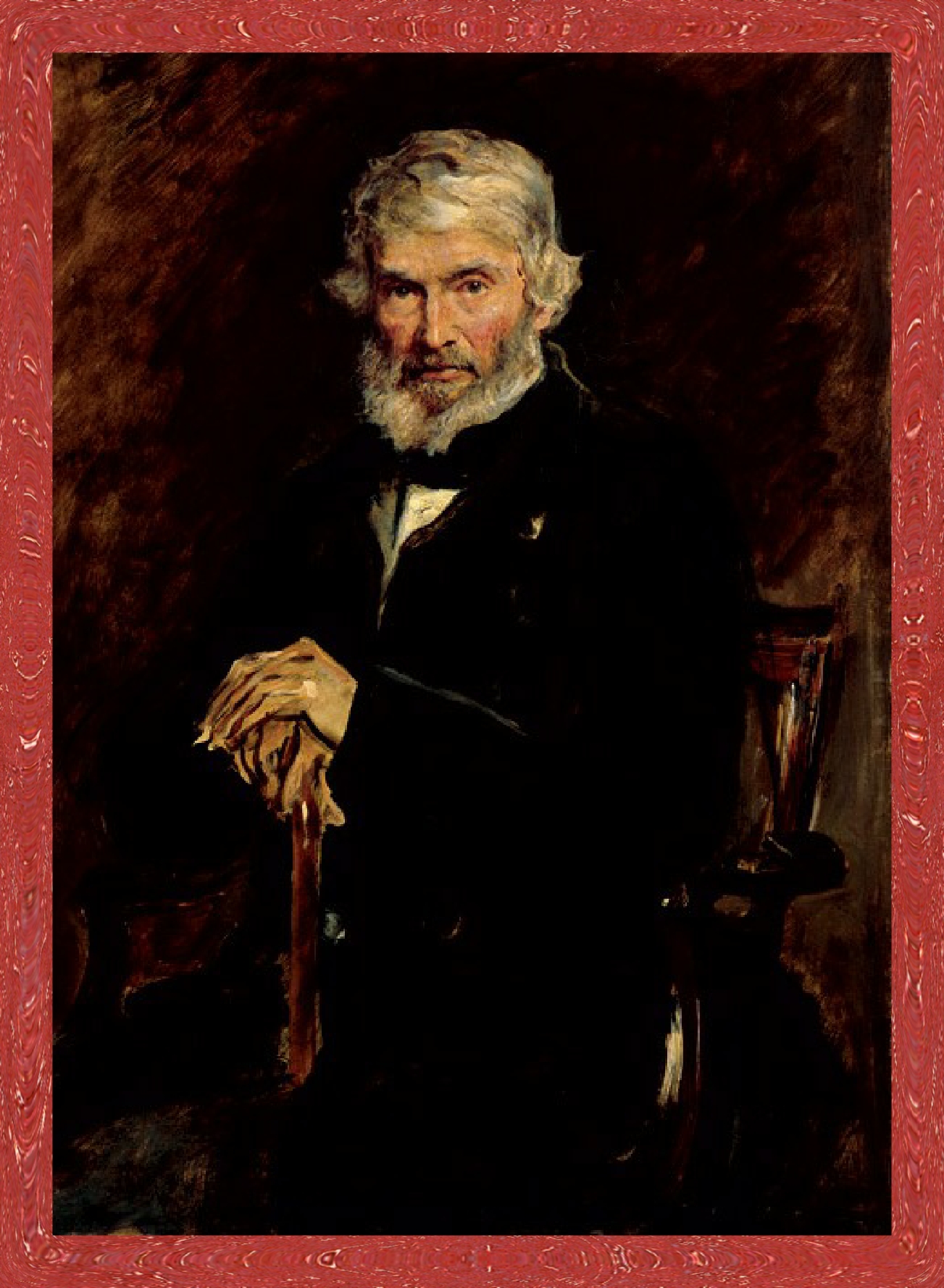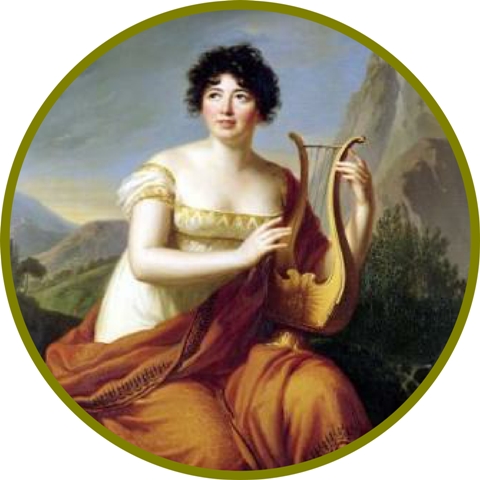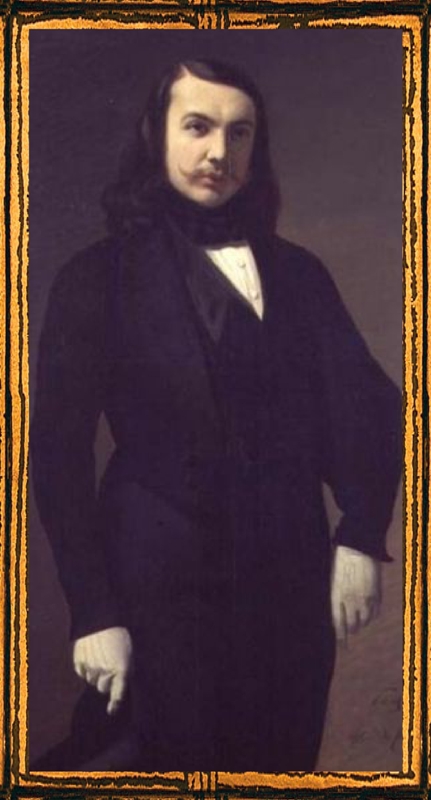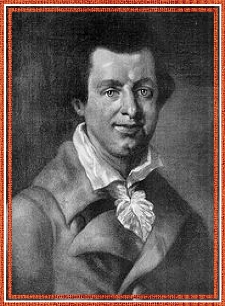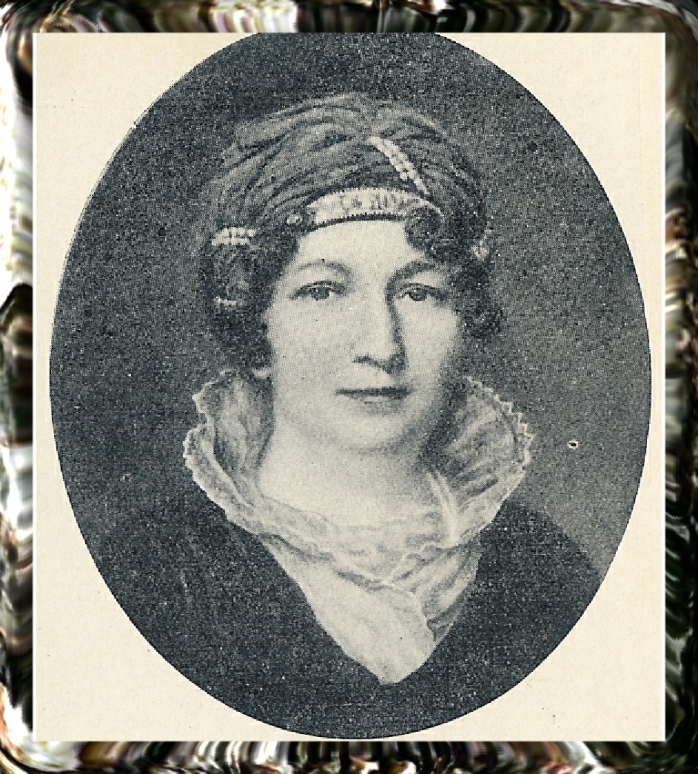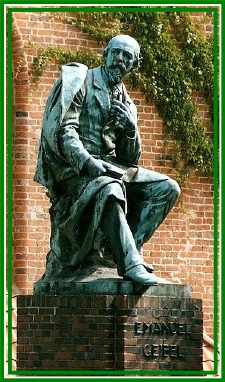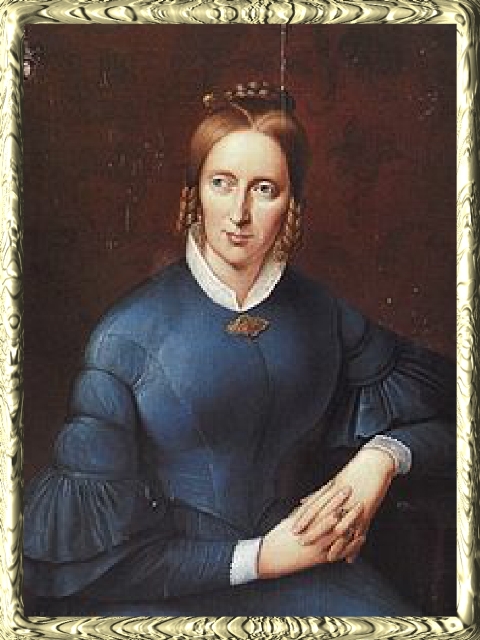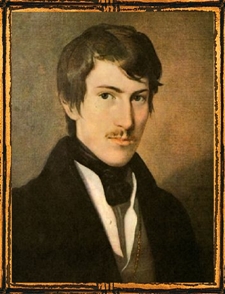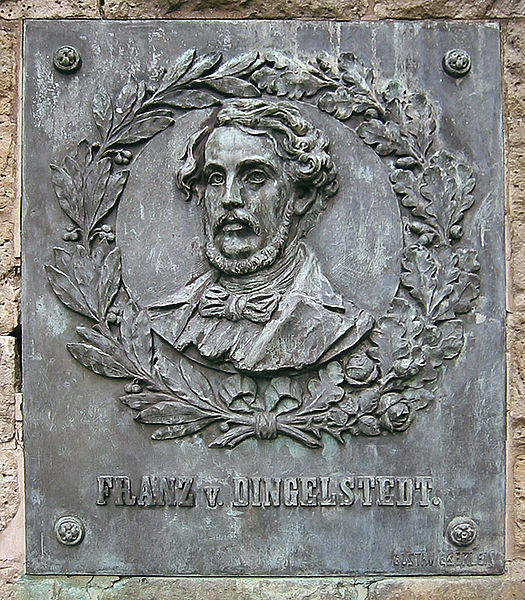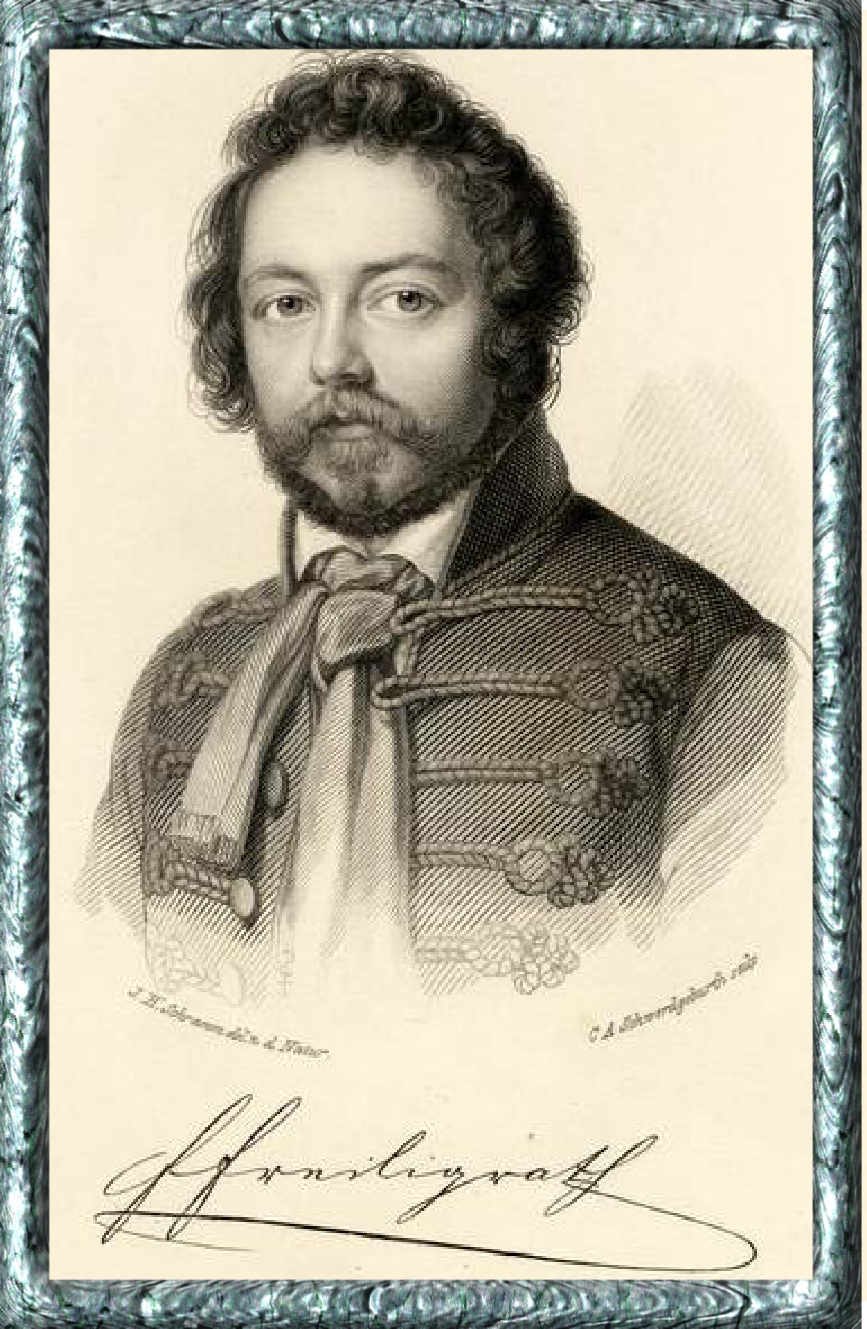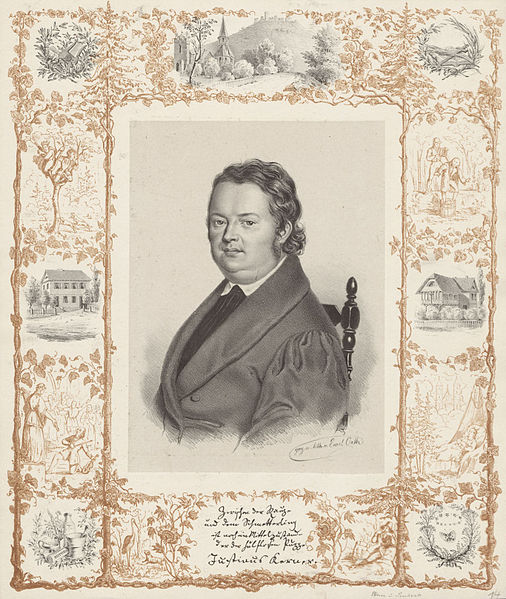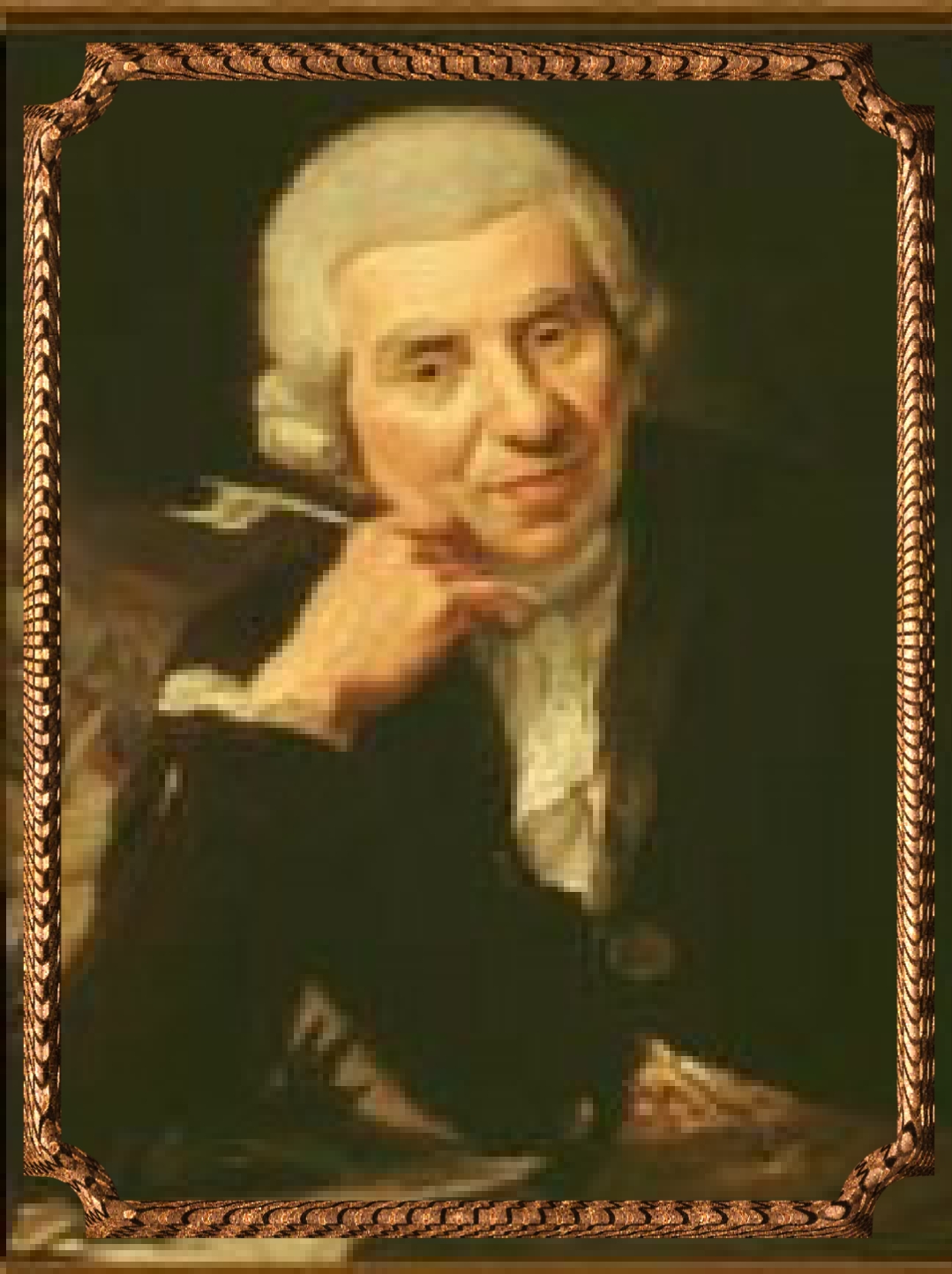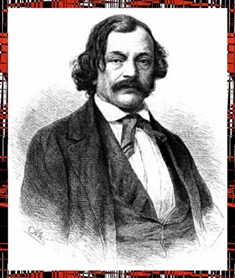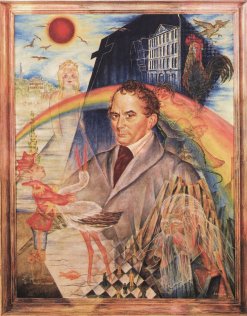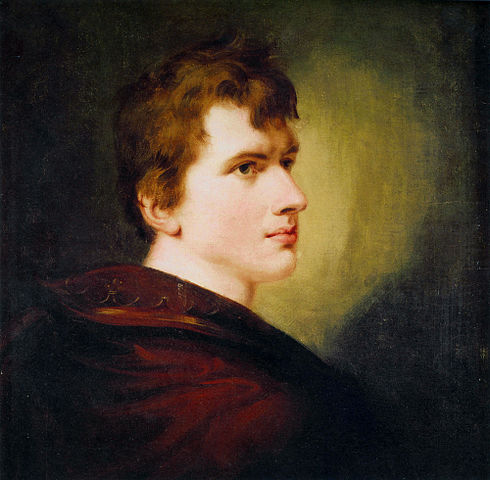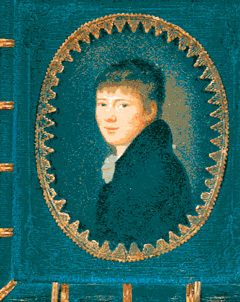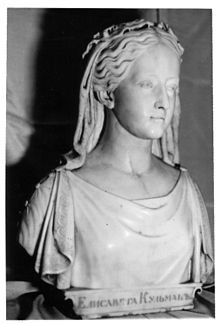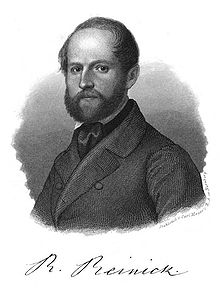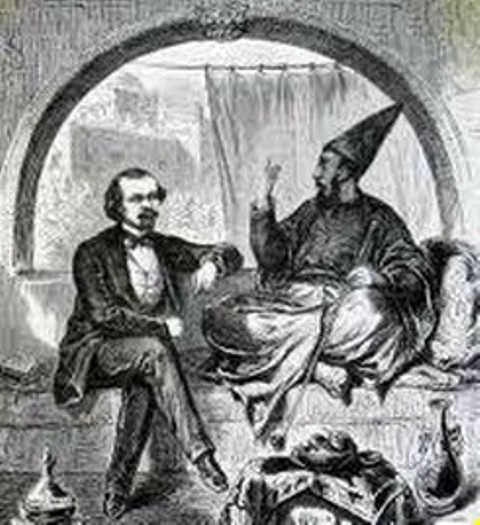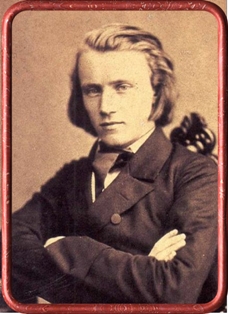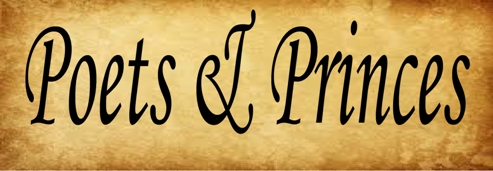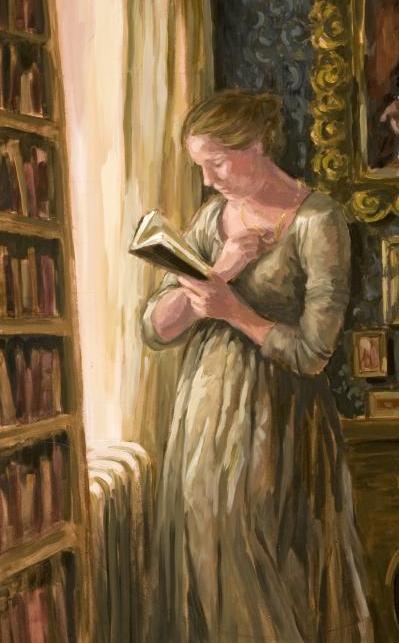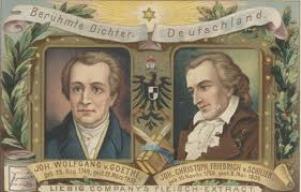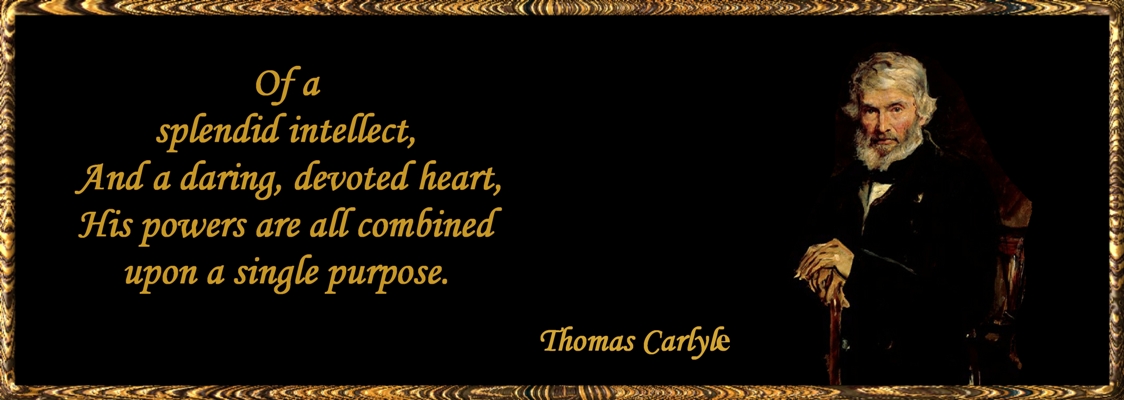Heinrich Heine: “The Romantic School… again” Part 2 of 8
Excerpt, “The Prose Writings of Heinrich Heine: Edited, with an Introduction, by Havelock Ellis.” Walter Scott, London: 23 Warwick Lane, Paternoster Row: 1887.
The Romantic School — Part Two
But human genius can transfigure deformity itself, and many painters succeeded in accomplishing the unnatural task beautifully and sublimely. The Italians, in particular, glorified beauty,—it is true, somewhat at the expense of spirituality,—and raised themselves aloft to an ideality which reached its perfection in the many representations of the Madonna. Where it concerned the Madonna, the Catholic clergy always made some concessions to sensuality. This image of an immaculate beauty, transfigured by motherly love and sorrow, was privileged to receive the homage of poet and painter, and to be decked with all the charms that could allure the senses.
For this image was a magnet, which was to draw the great masses into the pale of Christianity. Madonna Maria was the pretty dame du comptoir of the Catholic Church, whose customers, especially the barbarians of the North, she attracted and held fast by her celestial smiles.
During the middle ages architecture was of the same character as the other arts; for, indeed, at that period all manifestations of life harmonised most wonderfully. In architecture, as in poetry, this parabolising tendency was evident. Now, when we enter an old cathedral, we have scarcely a hint of the esoteric meaning of its stony symbolism. Only the general impression forces itself on our mind. We feel the exaltation of the spirit and the abasement of the flesh.
The interior of the cathedral is a hollow cross, and we walk here amid the instruments of martyrdom itself. The variegated windows cast on us their red and green lights, like drops of blood and ichor; requiems for the dead resound through the aisles; under our feet are gravestones and decay; in harmony with the colossal pillars, the soul soars aloft, painfully tearing itself away from the body, which sinks to the ground like a cast-off garment. When one views from without these Gothic cathedrals, these immense structures, that are built so airily, so delicately, so daintily, as transparent as if carved, like Brabant laces made of marble, then only does one realise the might of that art which could achieve a mastery over stone, so that even this stubborn substance should appear spectrally etherealised, and be an exponent of Christian spiritualism.
But the arts are only the mirror of life; and when Catholicism disappeared from daily life, so also it faded and vanished out of the arts. At the time of the Reformation Catholic poetry was gradually dying out in Europe, and in its place we behold the long-buried Grecian style of poetry again reviving. It was, in sooth, only an artificial spring, the work of the gardener and not of the sun; the trees and flowers were stuck in narrow pots, and a glass sky protected them from the wind and cold weather.
In the world’s history every event is not the direct consequence of another, but all events mutually act and react on one another. It was not alone through the Greek scholars who, after the conquest of Constantinople, immigrated over to us, that the love for Grecian art, and the striving to imitate it, became universal among us; but in art as in life, there was stirring a contemporary Protestantism. Leo X., the magnificent Medici, was just as zealous a Protestant as Luther; and as in Wittenburg protest was offered in Latin prose, so in Rome the protest was made in stone, colours, and ottava rime.
For do not the vigorous marble statues of Michael Angelo, Giulio Romano’s laughing nymph-faces, and the life-intoxicated merriment in the verses of Master Ludovico, offer a protesting contrast to the old, gloomy, withered Catholicism? The painters of Italy combated priestdom more effectively, perhaps, than did the Saxon theologians. The glowing flesh in the paintings of Titian,—all that is simple Protestantism. The limbs of his Venus are much more fundamental theses than those which the German monk nailed to the church door of Wittenburg.
Mankind felt itself suddenly liberated, as it were, from the thraldom of a thousand years; the artists, in particular, breathed freely again when the Alp-like burden of Christianity was rolled from off their breasts; they plunged enthusiastically into the sea of Grecian mirthfulness, from whose foam the goddess of beauty again rose to meet them; again did the painters depict the ambrosial joys of Olympus; again did the sculptors, with the olden love, chisel the heroes of antiquity from out the marble blocks; again did the poets sing of the house of Atreus and of Laios; a new era of classic poetry arose.
In France, under Louis XIV., this neo-classic poetry exhibited a polished perfection, and, to a certain extent, even originality. Through the political influence of the grand monarque this new classic poetry spread over the rest of Europe. In Italy, where it was already at home, it received a French colouring; the Anjous brought with them to Spain the heroes of French tragedy; it accompanied Madame Henriette to England; and, as a matter of course, we Germans modelled our clumsy temple of art after the bepowdered Olympus of Versailles. The most famous high priest of this temple was Gottsched, that old periwigged pate, whom our dear Goethe has so felicitously described in his memoirs.
Lessing was the literary Arminius who emancipated our theatre from that foreign rule. He showed us the vapidness, the ridiculousness, the tastelessness, of those apings of the French stage, which itself was but an imitation of the Greek. But not only by his criticism, but also through his own works of art, did he become the founder of modern German original literature. All the paths of the intellect, all the phases of life, did this man pursue with disinterested enthusiasm. Art, theology, antiquarianism, poetry, dramatic criticism, history,—he studied these all with the same zeal and with the same aim. In all his works breathes the same grand social idea, the same progressive humanity, the same religion of reason, whose John he was, and whose Messiah we still await. This religion he preached always, but alas! often quite alone and in the desert. Moreover, he lacked the skill to transmute stones into bread.
The greater portion of his life was spent in poverty and misery—a curse which rests on almost all the great minds of Germany, and which probably will only be overcome by the political emancipation. Lessing was more deeply interested in political questions than was imagined,—a characteristic which we entirely miss in his contemporaries. Only now do we comprehend what he had in view by his description of the petty despotisms in Emilia Galotti. At that time he was considered merely a champion of intellectual liberty and an opponent of clerical intolerance; his theological writings were better understood. The fragments “Concerning the Education of the Human race,” which have been translated into French by Eugene Rodrigue, will perhaps suffice to give the French an idea of the wide scope of Lessing’s genius. His two critical works which have had the most influence on art are his Hamburger Dramaturgie and his Laocoon, or Concerning the Limits of Painting and Poetry. His best dramatic works are Emilia Galotti, Minna von Barnhelm, and Nathan the Wise.
Gotthold Ephraim Lessing was born January 22nd, 1729, at Kamenz, in Upper Lusatia, and died February 15th, 1781, at Brunswick. He was a whole man, who; while with his polemics waging destructive battle against the old, at the same time created something newer and better. “He resembled,” says a German author, “those pious Jews, who, at the second building of the temple, were often disturbed by the attacks of their enemies, and with one hand would fight against the foe, while with the other hand they continued to work at the house of God.” This is not the place to discuss Lessing more fully, but I cannot refrain from saying that, in the whole range of literary history, he is the author whom I most love.
I desire here to call attention to another author, who worked in the same spirit and with the same aim, and who may be regarded as Lessing’s most legitimate successor. It is true, a criticism of this author would be out of place here, for he occupies a peculiarly isolated place in the history of literature, and his relation to his epoch and contemporaries cannot even now be definitely pronounced. I refer to Johann Gottfried Herder, born in 1744, at Morungen, in East Prussia; died in 1803, at Weimar, in Saxony.
The history of literature is a great morgue, wherein each seeks the dead who are near or dear to him. And when, among the corpses of so many petty men, I behold the noble features of a Lessing or a Herder, my heart throbs with emotion. How could I pass you without pressing a hasty kiss on your pale lips?
But if Lessing effectually put an end to the servile apings of Franco-Grecian art, yet, by directing attention to the true art-works of Grecian antiquity, to a certain extent he gave an impetus to a new and equally silly species of imitation. Through his warfare against religious superstition he even advanced a certain narrow-minded jejune enlightenment, which at that time vaunted itself in Berlin; the sainted Nicolai was its principal mouthpiece, and the German Encyclopedia its arsenal. The most wretched mediocrity began again to raise its head, more disgustingly than ever. Imbecility, vapidity, and the commonplace distended themselves like the frog in the fable.
It is an error to believe that Goethe, who at that time had already appeared upon the scene, had met with general recognition. His Goetz von Berlichingen and his Werther were received with enthusiasm, but the works of the most ordinary bungler not less so, and Goethe occupied but a small niche in the temple of literature. It is true, as said before, that the public welcomed Goetz and Werther with delight, but more on account of the subject matter than their artistic merits, which few were able to appreciate. Of these masterpieces, Goetz von Berlichingen was a dramatised romance of chivalry, which was the popular style at that time. In Werther the public saw only an embellished account of an episode in real life—namely, the story of young Jerusalem, a youth who shot himself from disappointed love, thereby creating quite a commotion in that dead-calm period.
Tears were shed over his pathetic letters, and it was shrewdly observed that the manner in which Werther had been ostracised from the society of the nobility must have increased his weariness of life. The discussion concerning suicide brought the book still more into notice; a few fools hit upon the idea of shooting themselves in imitation of Werther, and thus the book made a marked sensation. But the romances of August Lafontaine were in equal demand, and as the latter was a voluminous writer, it followed that he was more famous than Wolfgang Goethe. Wieland was the great poet of that period, and his only rival was Herr Ramler of Berlin. Wieland was worshipped idolatrously, more than Goethe ever was. Iffland, with his lachrymose domestic dramas, and Kotzebue’s farces, with their stale witticisms, ruled the stage.
It was against this literature that, in the closing years of the last century, there arose in Germany a new school, which we have designated the Romantic School. At the head of this school stand the brothers August William and Frederic Schlegel. Jena, where these two brothers, together with many kindred spirits, were wont to come and go, was the central point from which the new aesthetic dogma radiated. I advisedly say dogma, for this school began with a criticism of the art productions of the past, and with recipes for the art works of the future. In both of these fields the Schlegelian school has rendered good service to aesthetic criticism. In criticising the art works of the past, either their defects and imperfections were set forth, or their merits and beauties illustrated. In their polemics, in their exposure of artistic shortcomings and imperfections, the Schlegels were entirely imitators of Lessing; they seized upon his great battle-sword, but the arm of August William Schlegel was far too feeble, and the sight of his brother Frederic too much obscured by mystic clouds; the former could not strike so strong, nor the latter so sure and telling a blow as Lessing. In reproductive criticism, however, where the beauties of a work of art were to be brought out clearly; where a delicate perception of individualities was required; and where these were to be made intelligible, the Schlegels are far superior to Lessing. But what shall I say concerning their recipes for producing masterpieces?
To be continued…
